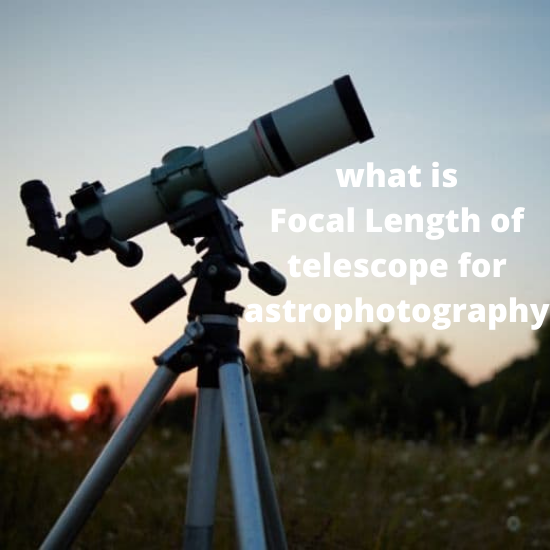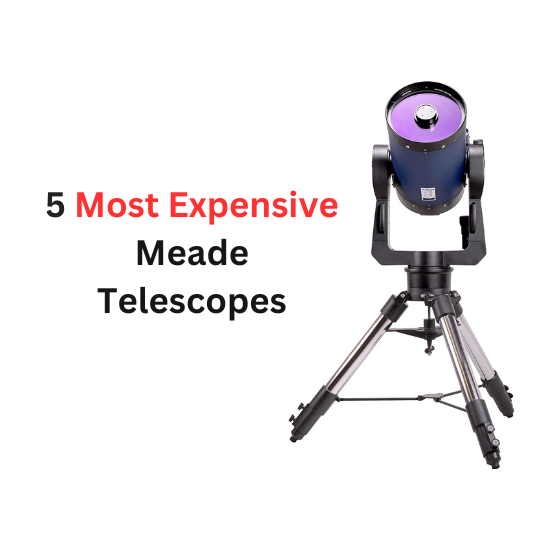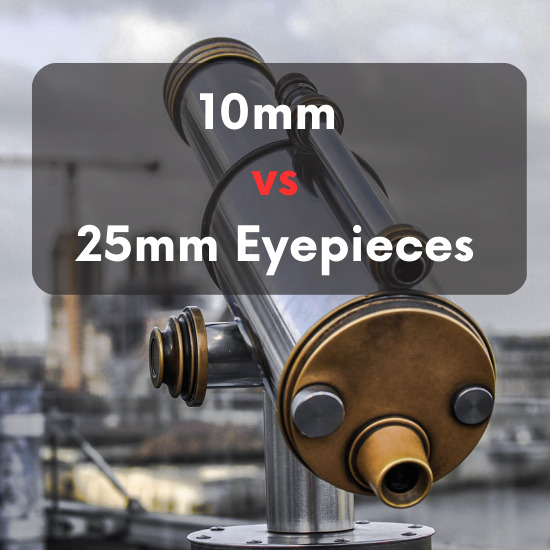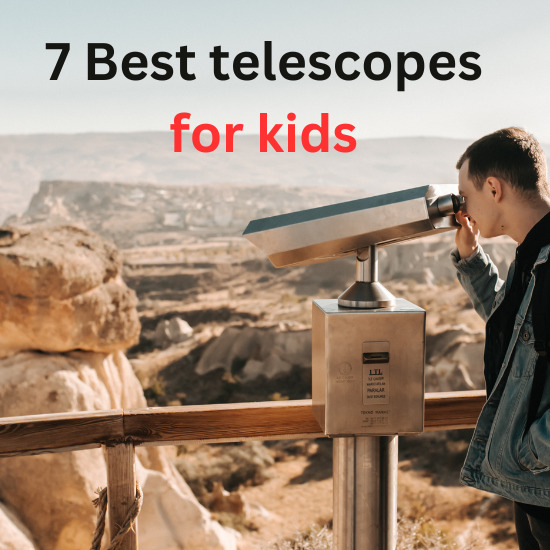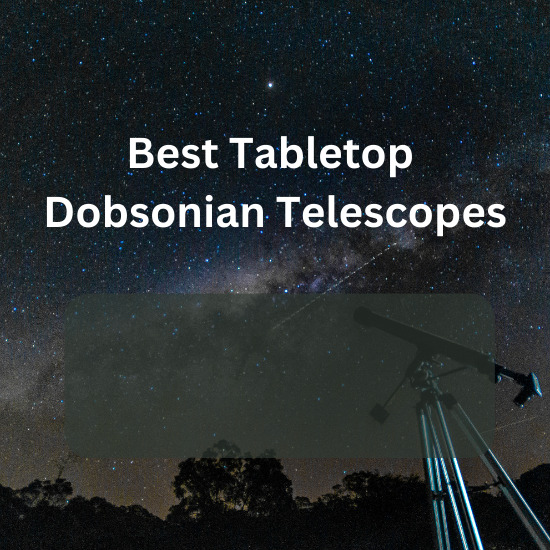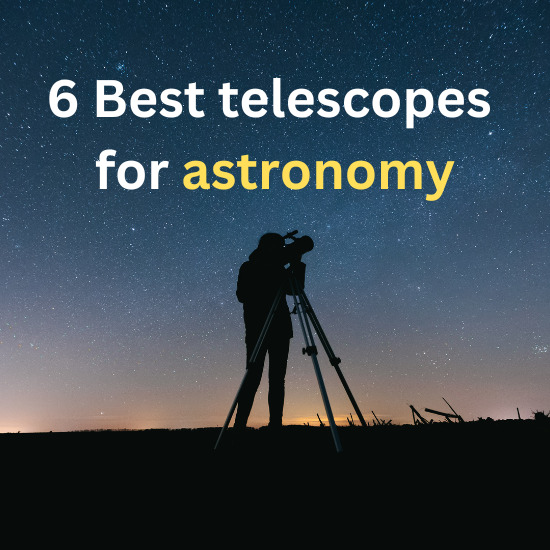For amateur astronomers and astronomy fans looking for top-of-the-line performance on a budget, nothing quite compares to the dobsonian telescope. This type of mount offers stargazers the unbeatable combination of convenience, affordability and power but with so many amazing options out there it can be hard to choose just one. We’ve done our research and compiled a comprehensive list of some of the best dobsonian telescopes under $1000. Read on for everything you need to know about choosing the perfect telescope at a price you can afford.
List of 7 Best Dobsonian Telescopes Under $1000
If you’re looking for a high-quality Dobsonian telescope that won’t break the bank, there are plenty of great options available. Here is a list of seven of the best Dobsonian telescopes under $1000:
The Orion 8945 SkyQuest XT8 Classic Dobsonian Telescope is the perfect telescope for budding astronomers and experienced enthusiasts alike. With its powerful 8” aperture optics, you’ll be able to see the Moon and planets up close and personal, as well as further into our Universe. It’s an ideal instrument to study galaxies, nebulas, and star clusters letting you have an out of this world view. Plus, it comes with a two-inch Crayford focuser that allows you to use both 1.25″ and 2″ telescope eyepieces so you can customize your stargazing experience each time.
So don’t miss out on this incredible opportunity to explore beyond the stars– get your very own Orion 8945 SkyQuest XT8 Classic Dobsonian Telescope today.
Specifications
Brand: Orion
Objective Lens Diameter: 203 Millimeters
Mount: Altazimuth Mount
Focus Type: Manual Focus
Dimensions: 19.25″D x 19.25″W x 49″H
Lens Coating: Aluminum & Silicon Dioxide
Pros- View planets and the moon in close-up detail.
- Get a large aperture telescope for an affordable price.
- Portable and easy to set up.
Cons- Telescope is quite heavy.

Experience the night sky like never before with the Orion Limited Edition SkyQuest XT8 Classic Dobsonian Bundle. This incredible bundle offers an impressive optical package that’s great for any budding astronomer. Featuring a gorgeous, ruby red metallic enamel finish, this is sure to catch eyes from miles away. Look through the amazing 8″ Parabolic mirror optics for crystal clear images of the planets and mesmerizing views of star clusters, nebulas, and galaxies. Innovative Crayford Focuser technology provides superior focusing capabilities for both 2″ and optional 1.25″ eyepieces. Plus, it comes with two quality Plössl eyepieces (2″/25mm; 4mm) – perfect for starting out your stargazing adventure.
This bundle also includes a DeepMap 600 planisphere, MoonMap 260 moon map, and smartphone photo adapter so you can show off your stunning astrophotography skills.
Specifications
Brand: Orion
Eye Piece Lens: Barlow
Objective Lens Diameter: 203 Millimeters
Mount: Altazimuth Mount
Focus Type: Manual Focus
Dimensions: 19.25″D x 19.25″W x 49″H
Lens Coating: Aluminum & Silicon Dioxide
Pros- Telescope is quite heavy.
- View the Moon and planets in stunning detail.
- Enjoy smooth motions to make manual tracking of celestial objects a breeze.
Cons- Dobsonian mount requires manual tracking, which can be challenging for beginners.

Introducing the Zhumell Z10 Dobsonian Reflector Telescope a powerful and cost-effective way to explore the galaxies. This hefty telescope stands on a rugged Dobsonian base and comes equipped with superior optics for bright, crisp images. Its unique cooling fan ensures faster mirror cool down so you can get great views quicker. To explore deep space, the huge 10-inch primary mirror, and accompanying 2” 30mm eyepiece provides extraordinary wide-field views.
Take the reflector telescope anywhere with the convenient integrated carry handle. Ditch your traditional binoculars and upgrade to this extraordinary telescope for breathtaking night sky viewing! Get ready for unforgettable starry nights; grab the Zhumell Z10 in aluminum alloy today.
Specifications
Brand: Zhumell
Eye Piece Lens: Wide Field
Objective Lens Diameter: 30 Millimeters
Mount: Altazimuth Mount
Focus Type: Manual Focus
Dimensions: 21″D x 21″W x 55″H
Weight: 47 Pounds
Pros- Get clear, bright images of the night sky.
- Enjoy easy transport with the integrated carry handle.
- View a variety of objects in space with the included 2” 30mm eyepiece.
- Feel a sense of awe and wonder looking at distant galaxies and planets.
Cons- The telescope is manually operated, so it may take some practice and skill to find and track specific celestial objects.

Seeking a bright and bold way to explore the stars? Look no further than the Sky-Watcher Classic 250 Dobsonian 10-inch Aperature Telescope. This telescope is here to help make your stargazing dreams a reality, offering up unparalleled viewing opportunities at an unbeatable price. Its large aperture ensures quick access to even the most faraway galaxies, while its patented tension control handles allow for pinpoint accuracy in each and every movement.
Furthermore, 94% reflective multi-coated borosilicate primary and secondary mirrors deliver incredible views of the night sky with such clarity that you’ll feel like you’re up there with it. The telescope is lightweight, so you can take your telescope on the go if you wish.
And the best part? All accessories come included – a 2-inch Crayford-style focuser with 1 1/4-inch adapter, two super wide-angle eyepieces (25mm and 10mm), and a 9×50 straight-through finder scope. So all that’s left for you to do is start exploring today.
Specifications
Brand: Sky-Watcher
Model: Sky-Watcher Traditional Dobsonian 10″ (254mm)
Optical Tube Length: 10 Millimeters
Objective Lens Diameter: 10 Inches
Mount: Altazimuth Mount
Focus Type: Auto Focus
Dimensions: 49″D x 27″W x 20″H
Weight: 29.6 pounds
Pros- Large aperture.
- Patented tension control handles.
- High-quality optics.
- Lightweight and portable.
Cons- Not suitable for astrophotography.

Discover the night sky like never before with Celestron’s StarSense Explorer 8-inch Dobsonian Smartphone App-Enabled Telescope. Unleash the power of your smartphone to transform your stargazing experience. Every time you power up, patented and award-winning StarSence technology will use your phone to analyze star patterns overhead and calculate the telescope’s position in real time. So you can hit the ground running with an automatic list of visible objects. Plus, a sturdy Dobsonian-style base with large diameter bearings and variable altitude tensioning makes it easy to follow onscreen arrows straight to desired targets. 
Designed to take the guesswork out of stargazing, even novice astronomers can now accurately locate planets, brighter nebulae and galaxies, star clusters, and double stars from the city.
An included 25mm Plössl eyepiece provides sharp images at low magnification while a 2” Crayford focuser lets you adjust quickly without image shifting. Even experienced astronomers will appreciate the advanced star alignment procedures that reduce setup time. So why wait? Starry nights are calling.
Specifications
Brand: Celestron
Model: StarSense Explorer 8″ Dobsonian
Objective Lens Diameter: 8 Inches
Mount: Altazimuth Mount
Focus Type: Manual Focus
Dimensions: 49″D x 19″W x 18.5″H
Weight: 66 Pounds
Pros- Take guided tours of the night sky without any telescope experience required.
- Easily follow the arrows on your smartphone to your desired target.
- Bring the stars down to Earth and explore them up close.
Cons- This telescope may not provide enough magnification for experienced astronomers.

If you’re ready to get a closer look at the night sky, then make sure your viewing equipment is up to the task with this 10-inch Hybrid Truss Tube Dobsonian Telescope. With its large mirror, this telescope features excellent optical clarity and resolution for unbeatable views of many celestial objects like distant galaxies, stellar clusters, the Moon’s craters, and much more.
What makes this telescope stand out is its expertise in light-gathering capacity due to its reflector design which results in much brighter images compared to telescopes of similar or greater size. Plus its single-speed focuser allows you to quickly adjust your magnification levels while still maintaining its high level of accuracy. As if that wasn’t enough, it also comes equipped with two Plössl eyepieces (25mm and 10mm), a moon filter, and a map.
Whether you’re a beginner or an experienced stargazer, you won’t be disappointed as you uncover remarkable interpretations of the universe from the comfort of your backyard.
Specifications
Brand: Explore Scientific
Eye Piece Lens: Plossl
Mount: Altazimuth Mount
Focus Type: Manual Focus
Dimensions: 49″D x 19″W x 18.5″H
Weight: 41.5 Pounds
Focal Length: 1270 millimeters
Pros- Get clear, bright views of the moon and planets.
- Easily find your way around the night sky.
- Stargaze with your significant other on a clear summer night.
Cons- The large size and weight of the telescope may make it difficult to transport or store.

Unlock the wonders of the night sky with Zhumell Z10 Deluxe Dobsonian OTA! This telescope is designed for those who want to observe stars, galaxies, and planets in amazing detail. The smooth dual speed Crayford focuser provides precise focusing, allowing you to see even the faintest details of deep space. It’s also easy to transport and store. With its lightweight design that clocks in at 36 lbs., the Z10 is a great way for beginners and experts alike to explore the divine expanse of the night sky.
Plus, the impressive dimensions of 6.1 H x 26.18 L x 26.18 W inches mean you’ll get images that reveal more than ever before. So what are you waiting for? Get your Zhumell Z10 today and start experiencing astronomy like never before.
Specifications
Brand: Zhumell
Optical Tube Length: 55 Inches
Eye Piece Lens: Glass
Mount: Altazimuth Mount
Focus Type: Manual Focus
Weight: 60 Pounds
Pros- Achieve pinpoint focus for astrophotography or visual use.
- Break the scope down into manageable pieces for transport and storage.
- Balance your telescope easily to compensate for a variety of eyepieces and accessories.
- Package dimensions and weight make it easy to transport.
Cons- The Z10 may require some assembly, which can be challenging for people who are not experienced with telescopes.

Buying Guide On Best Dobsonian Telescopes Under $1000
Here is a buying guide to help you choose the best Dobsonian telescopes under $1000.
Price Point Considerations
The first thing to look at when it comes to buying a Dobsonian telescope is the price point. It’s important to know how much money you want to spend so that you can narrow down your options and focus on telescopes within your budget. Generally speaking, most Dobsonians range from around $200-$1500, with higher-end models costing more. Keep in mind that you might not get as many features as some of the pricier models, but there are still plenty of great options available in this price range.
Features
When shopping for a Dobsonian telescope, it’s important to consider which features are most important to you. Some of the features to look out for include aperture size (the larger the aperture size, the more light can enter), focal length (the distance from an eyepiece lens through which objects appear magnified or enlarged), and portability (how easy it is to transport). Additionally, be sure to check if there are any accessories included such as eyepieces or filters.
Brand Reputation
When buying any kind of product, it’s always important to research the brand reputation before making your purchase decision. Look into customer reviews online and read up on what other users have said about their experiences with specific brands. This will give you an indication of whether or not you should buy from them. Additionally, it’s worth checking out forums dedicated specifically to telescopes so that you can ask experienced users what they think about certain brands or models.
You can check reviews of telescopes here
Conclusion:
In conclusion, when choosing a Dobsonian telescope under $1000, keep in mind that price point considerations, features offered by each model, and brand reputation all play an important role in your decision-making process. With all these factors taken into account, you should be able to find an excellent option without breaking the bank. Happy stargazing!
FAQs
What is a Dobsonian Telescope?
A Dobsonian telescope is a type of reflector telescope that was first developed in 1975 by John Dobson. It uses mirrors instead of lenses and has an altazimuth mount which means it can move up and down (altitude) and side to side (azimuth). This makes it much easier to track objects in the night sky than traditional telescopes, which are more difficult to maneuver. It also makes them much more affordable than other types of telescopes.
What Should I Look for When Buying a Dobsonian Telescope?
When buying a Dobsonian telescope, you should look for one that has good optics, which means it should have good light-gathering capability and resolution power. You also want to make sure that it’s lightweight and easy to set up.
What Are Some Accessories I Might Need?
Besides the scope itself, there are several accessories you might want to buy as well. Eyepieces are essential, they allow you to zoom in on distant objects; Barlow lenses can help increase magnification power; filters can improve image quality; and finderscopes make it easier to locate objects in the night sky. All these items will come at an additional cost but will help enhance your viewing experience immensely!
Where Can I Buy One?
Most major retailers carry Dobsonian telescopes under $1000, including Walmart, Amazon, Best Buy, Target, and many others online or in store locations nationwide. You can also shop directly from manufacturers like Meade and Celestron who offer their versions of these popular scopes as well as accessories like eyepieces, Barlow lenses, and filters specifically designed for their models.


